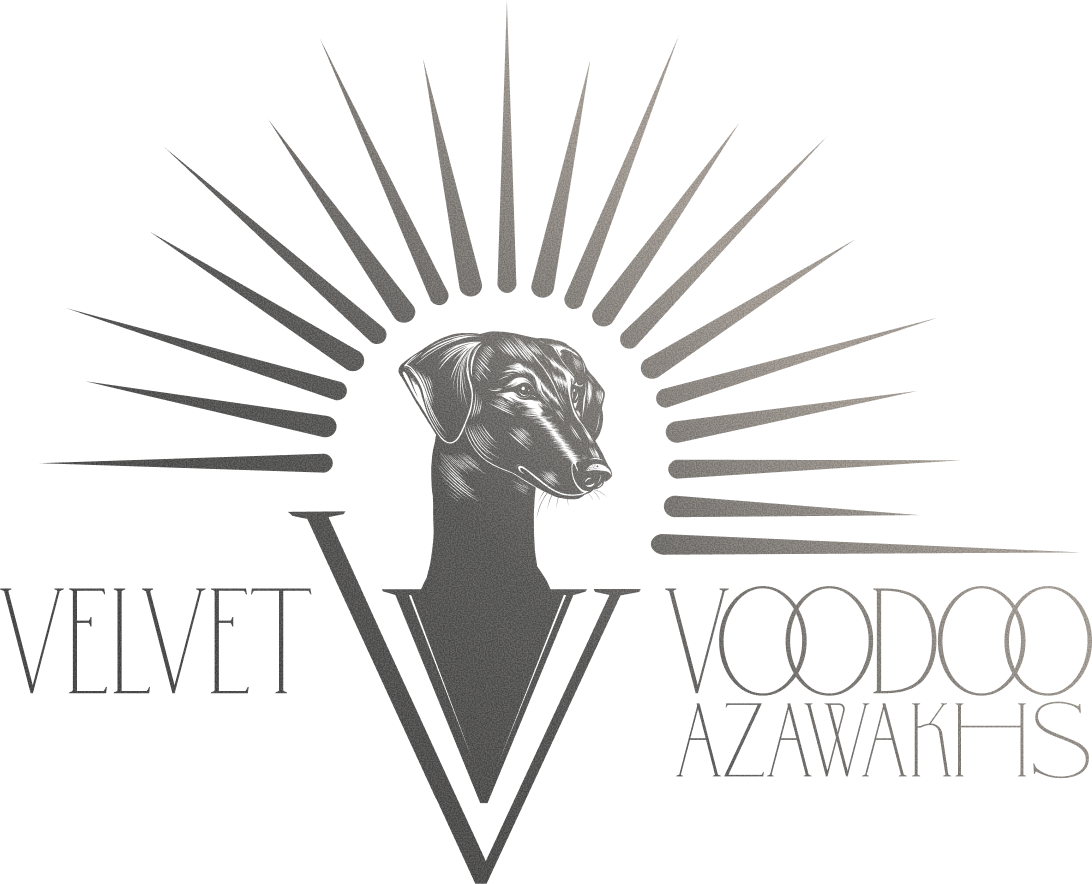



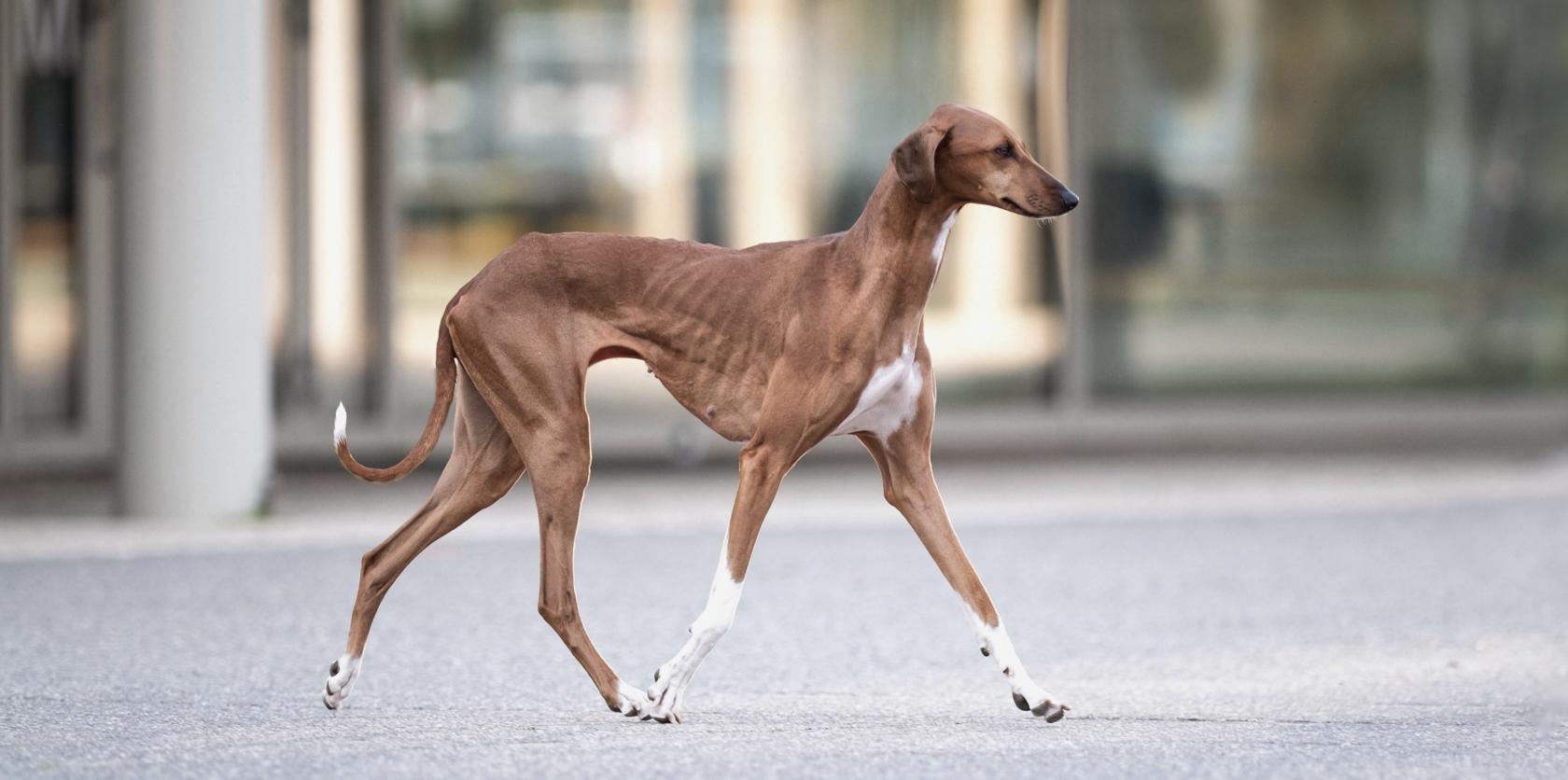


01

En
02
03
04
06
05

A FCI recognized kennel
under the regulations
of SKG and SCOW.
under the regulations
of SKG and SCOW.
Falling in love with the outstanding beauty of an Azawakh is easy, falling in love with its essence and uniqueness is a blessing.
A small fancier kennel in its beginnings with the heartfelt desire to breed healthy, athletic and beautiful Azawakhs.
Well socialized and everyday dogs with best health kept in balance with respect for their origin and functions, this is our ambition.

About us

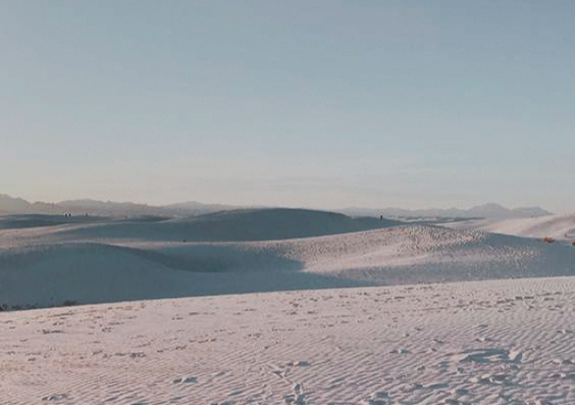





Our African queen and the foundation mother of our kennel was born on 30 June 2017 in France. From an early age, she impressed with her friendly nature, openness, and strength of character, qualities that continue to inspire many breed experts, new breed enthusiasts, and show judges to this day.
Her sport career began as a puppy in the swimming pool of her breeder and she pursues it very successfully until today.
Multiple awarded in beauty, performance and a combination of both, she represents for us a magnificent example of this breed that we love so much.

Nubia du
Haras de
Crouz
Haras de
Crouz
Nubia du Haras de Crouz



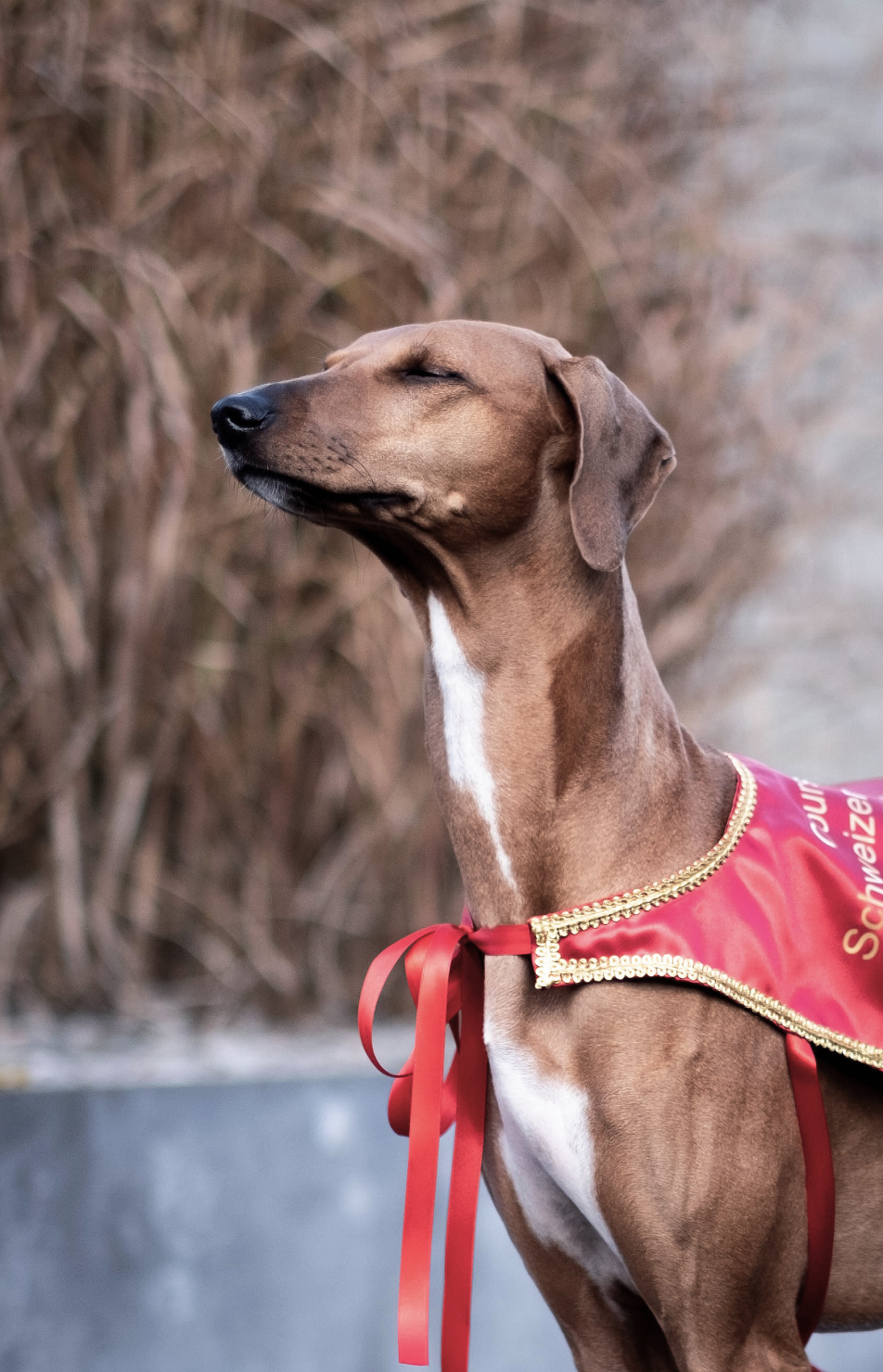
Nubia's title winning
achievements:
achievements:

C.I.B. - International Beauty Champion
LSP - Lauréat Standard Performance
Swiss Lure Coursing Champion 2022
CH CH - Swiss Confirmation Champion

French Lure Coursing Champion 2022

CH Sh CH - Swiss Show Champion
FR LCCH - French Lure Coursing Champion
CH JCH - Swiss Junior Champion









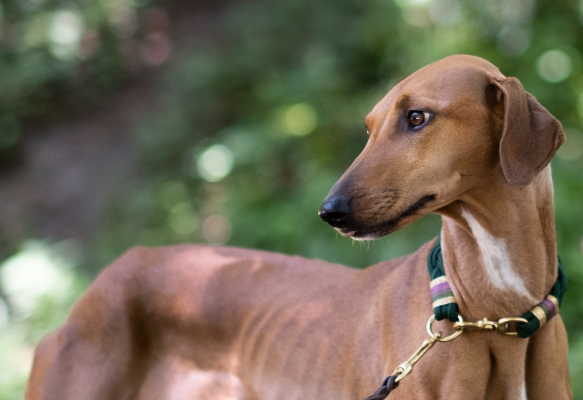
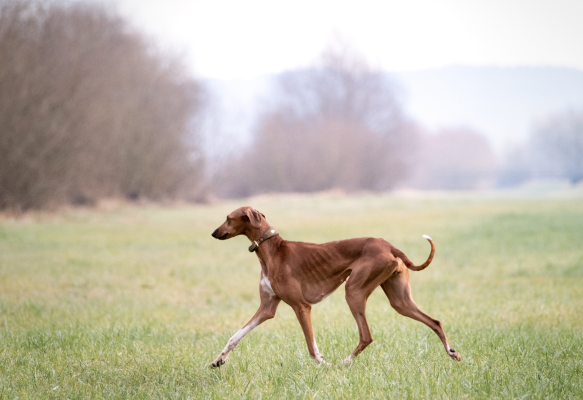
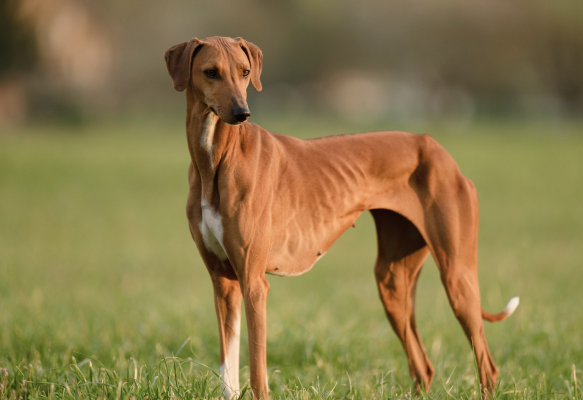




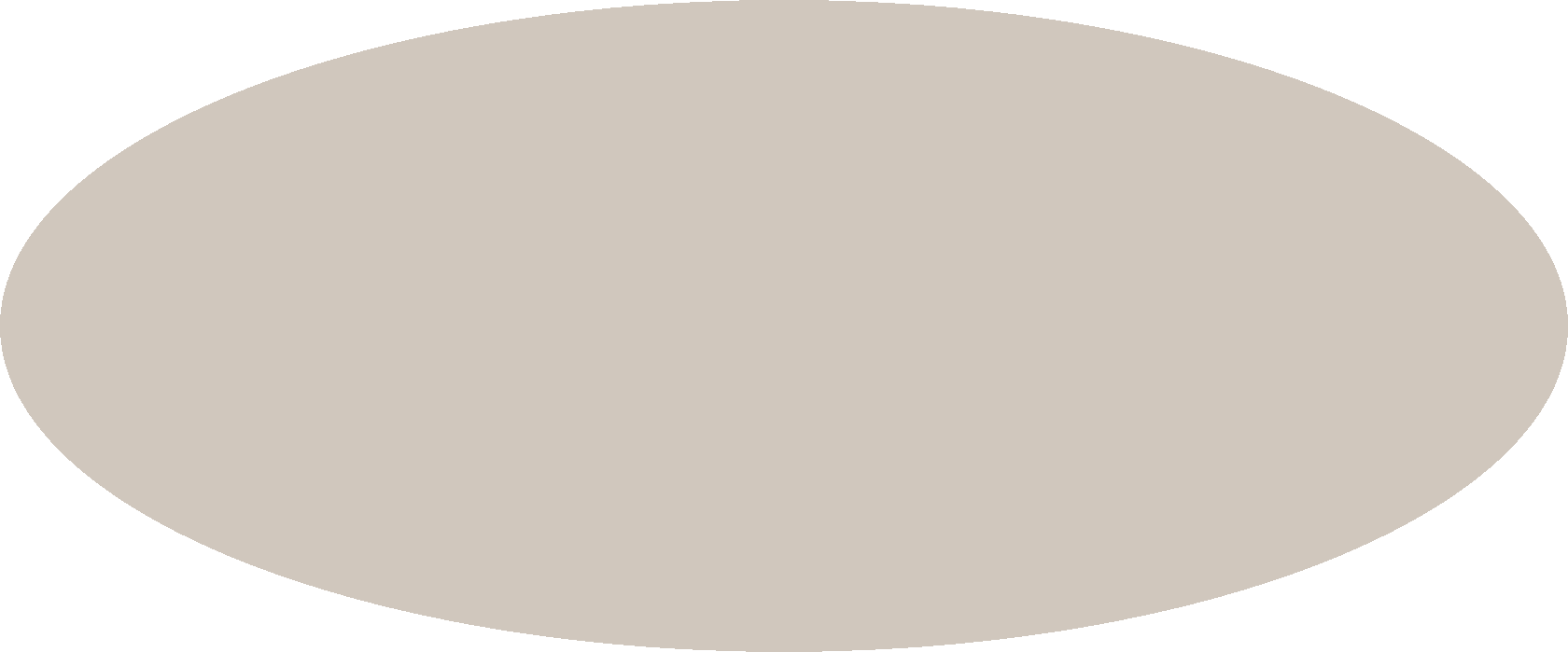

We are hoping for puppies at the end of 2025 /beginning of 2026.
More info coming soon!
More info coming soon!
B-LITTER



Sire: Swala's Simmheart
Dam: Nubia du Haras de Crouz
COI: 3.52 % to the 5th generation
Dam: Nubia du Haras de Crouz
COI: 3.52 % to the 5th generation


After years of planning and with the support of friends, family and breeding experts, we can finally announce that we will have our first litter with Nubia. We certainly can not deny it, the anticipation is HUGE.
It is in no way a matter of course that we as beginners get this chance and we will forever be grateful to be allowed to use this very special male for our breeding.
Nubia & Merlin
PUPPY PLANS 2023

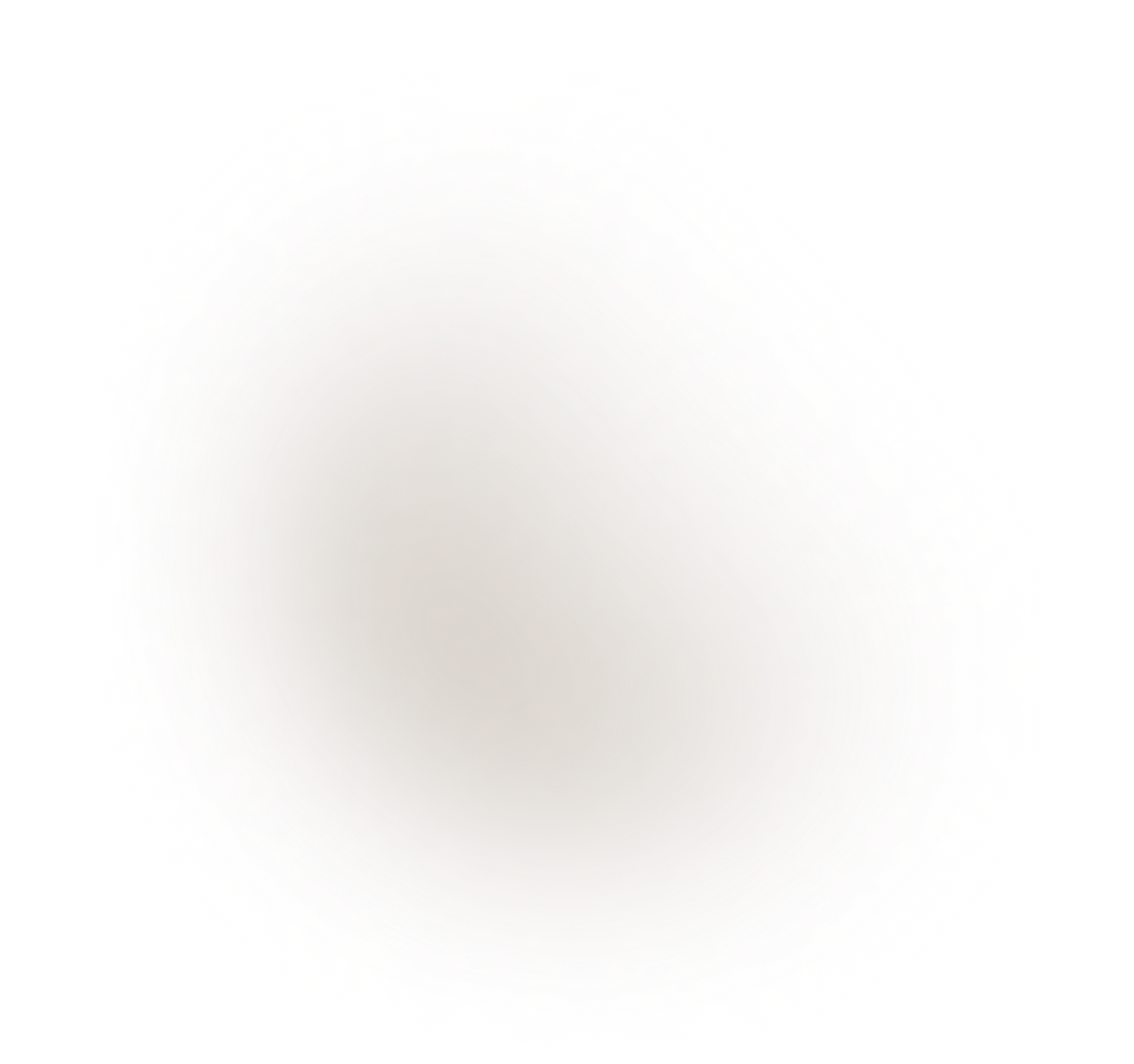
A-LITTER


ARVEN
Velvet Voodoo
Velvet Voodoo
AROON
Velvet Voodoo
AZALEE
5 September 2023
date of birth:
"Some dream it, some do it, some do both" — Walt Disney.



The Azawakh

The African sighthound originated in the Sahara Desert of West Africa and was named after the Azawakh Valley, where he traveled with nomads and attentively guarded their camps. He has always been an excellent guard and protection dog for the Tuaregs, and as a sighthunter he was mainly used to hunt gazelles and antelopes. His intelligence, high reliability and exceptional loyalty make him the perfect companion.
The African sighthound originated in the Sahara Desert of West Africa and was named after the Azawakh Valley, where he traveled with nomads and attentively guarded their camps.
He has always been an excellent guard and protection dog for the Tuaregs, and as a sighthunter he was mainly used to hunt gazelles and antelopes. His intelligence, high reliability and exceptional loyalty make him the perfect companion.
He has always been an excellent guard and protection dog for the Tuaregs, and as a sighthunter he was mainly used to hunt gazelles and antelopes. His intelligence, high reliability and exceptional loyalty make him the perfect companion.







The proud hunter appears as a unique combination of fragile appearance and sensitivity, but also a strong personality, own will and independence. Towards strangers he often reacts reserved and skeptical sometimes even unapproachable, just as the territorially inclined Azawakh would keep it with newcomers near the nomadic camp. The Azawakh is definitely not a dog that everyone can understand, nor is it suitable for everybody. However, those who have the understanding and respect for this extraordinary dogs will gain a companion rarely found in any other breed.
The proud hunter appears as a unique combination of fragile appearance and sensitivity, but also a strong personality, own will and independence. Towards strangers he often reacts reserved and skeptical sometimes even unapproachable, just as the territorially inclined Azawakh would keep it with newcomers near the nomadic camp.
The Azawakh is definitely not a dog that everyone can understand, nor is it suitable for everybody. However, those who have the understanding and respect for this extraordinary dogs will gain a companion rarely found in any other breed.
The Azawakh is definitely not a dog that everyone can understand, nor is it suitable for everybody. However, those who have the understanding and respect for this extraordinary dogs will gain a companion rarely found in any other breed.




Often reduced to its exterior appearance, the Azawakh is so much more than just the top model among sighthounds.
It is a primitive breed and one of the the oldest dog breeds of all, which is why its type is still strongly influenced and adapted to the environment and functions in its country of origin.
It is a primitive breed and one of the the oldest dog breeds of all, which is why its type is still strongly influenced and adapted to the environment and functions in its country of origin.
The Azawakh is long-legged, extremely slender and graceful, with a body shape resembling a high-set rectangle. Due to his thin connective tissue, the bones and joints show strongly under the skin. He has very expressive almond-shaped eyes and his ears look triangular. The chest of the Azawakh is deep and strongly tucked up towards the belly. The short velvety soft coat varies in color from light sand through all shades of red to mahogany brown. A black brindle is allowed, white markings on all four paws and the tip of the tail are desirable. Azawakhs move with a feathery, light gait, which is why these sighthounds are often compared to Arabian horses.
The Azawakh is long-legged, extremely slender and graceful, with a body shape resembling a high-set rectangle. Due to his thin connective tissue, the bones and joints show strongly under the skin. He has very expressive almond-shaped eyes and his ears look triangular. The chest of the Azawakh is deep and strongly tucked up towards the belly.
The short velvety soft coat varies in color from light sand through all shades of red to dark brown. A black brindle is allowed, white markings on all four paws and the tip of the tail are desirable. Azawakhs move with a feathery, light gait, which is why these sighthounds are often compared to Arabian horses.
The short velvety soft coat varies in color from light sand through all shades of red to dark brown. A black brindle is allowed, white markings on all four paws and the tip of the tail are desirable. Azawakhs move with a feathery, light gait, which is why these sighthounds are often compared to Arabian horses.
Often reduced to its exterior appearance, the Azawakh is so much more than just the top model among sighthounds. It is a primitive breed and one of the oldest dog breeds of all, which is why its type is still strongly influenced and adapted to the environment and functions in its country of origin.







